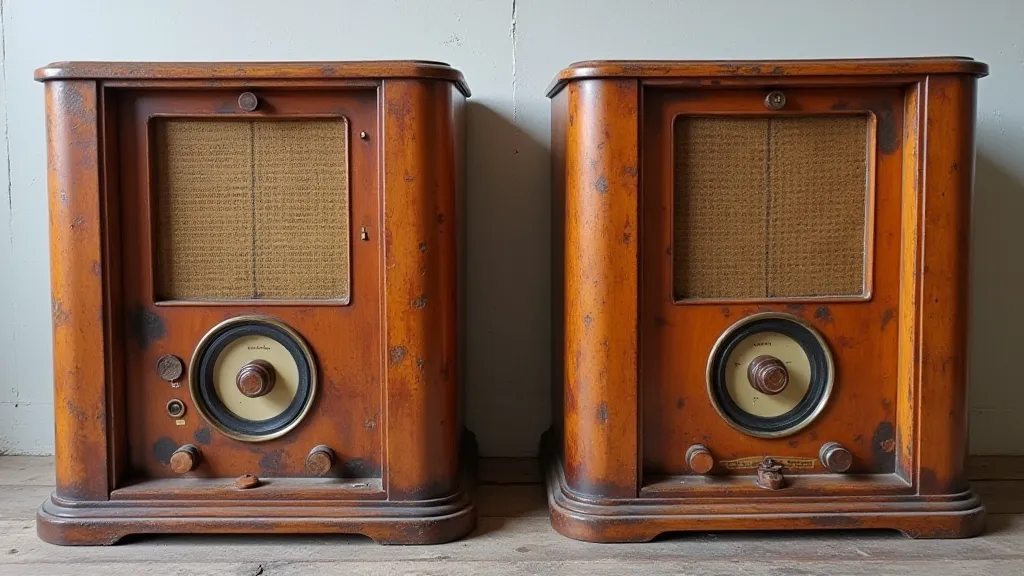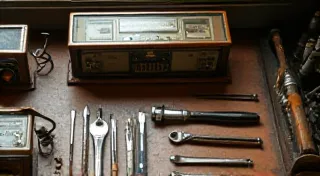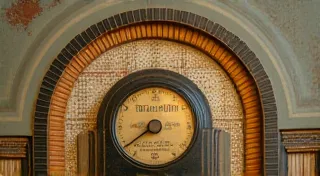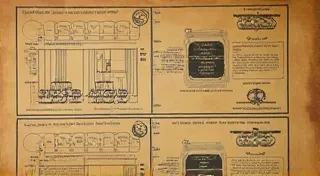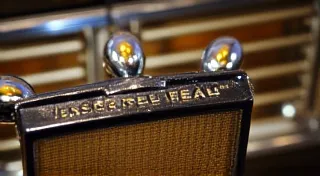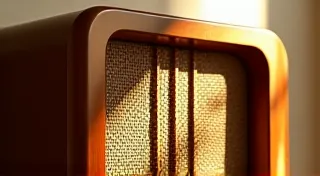Restoring Radio Cabinets: Wood, Bakelite & More
The beauty of an antique radio isn’t just in its inner workings; it's often in the exquisite craftsmanship of its cabinet. Restoring these cabinets can dramatically enhance a radio's appearance and value. This guide covers the common materials you'll encounter and the appropriate techniques to revive them.
Understanding Radio Cabinet Materials
Antique radios weren’t all built the same. The cabinet material heavily influences the restoration process. Here's a breakdown of the most common types:
- Wood: Frequently found in higher-end radios, wood cabinets can be oak, walnut, mahogany, birch, or other hardwoods. They're susceptible to scratches, water damage, and veneer separation.
- Bakelite: A pioneering early plastic, Bakelite was widely used in the 1930s and 1940s. It's known for its distinctive amber or brown color and a slightly textured surface. It's less common than wood but highly prized.
- Catalin: A similar early plastic, but with a wider range of colors and translucence. Less common, and even more valuable than Bakelite.
- Composition/Resin: A less durable material often used for lower-cost radios. It’s prone to cracking and discoloration.
- Other Plastics: Later radios may use other plastics that are more prone to UV degradation.
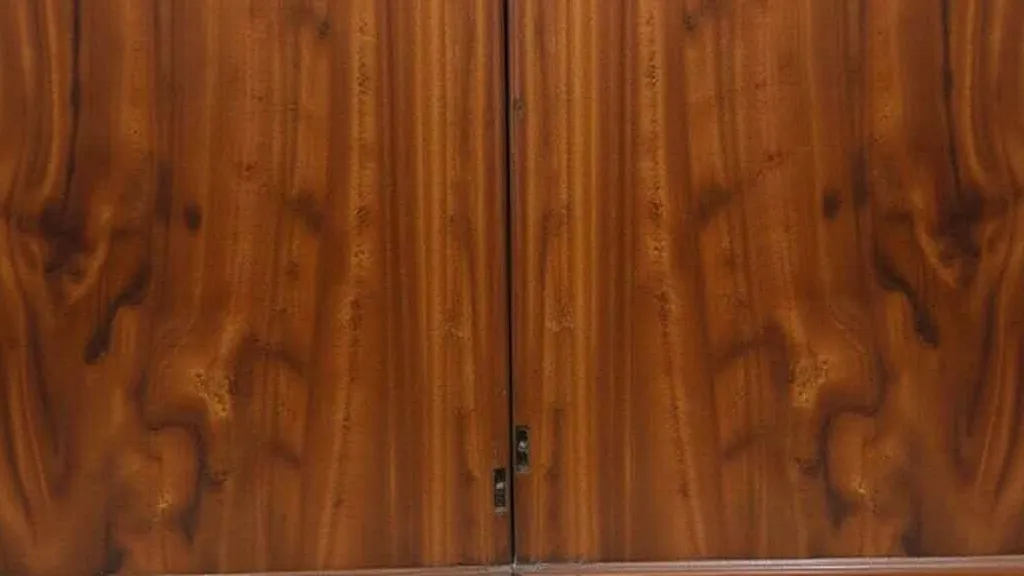
Restoring Wood Cabinets
Wood restoration is a multi-step process. Here's a general outline:
- Cleaning: Start by gently cleaning the cabinet with a mild soap and water solution. Avoid harsh chemicals that can strip the finish.
- Veneer Repair (if necessary): If the veneer is lifting, carefully re-glue it using appropriate wood glue and clamps. Patience is key here.
- Scratch Removal: Minor scratches can often be buffed out with fine steel wool (0000 grade) and furniture polish. Deeper scratches may require wood filler.
- Staining (optional): If the finish is severely damaged or faded, you may choose to re-stain the cabinet. Match the original color as closely as possible.
- Polishing: Apply several coats of furniture polish to protect the finish and enhance the wood's natural beauty.
Restoring Bakelite Cabinets
Bakelite is somewhat unique in its restoration needs. Unlike wood, it doesn’t require staining. However, it presents its own challenges.
- Cleaning: Use a mild soap and water solution to remove dirt and grime.
- Surface Imperfections: Bakelite can develop crazing (a network of fine cracks). While these don’t always detract from the radio's charm, they can be minimized. Several products are available specifically for reducing crazing, but test them on an inconspicuous area first.
- Polishing: Bakelite responds well to gentle polishing with a plastic polish. This can improve its luster and reduce the appearance of surface scratches.
- Avoid Harsh Chemicals: Strong solvents can damage Bakelite.
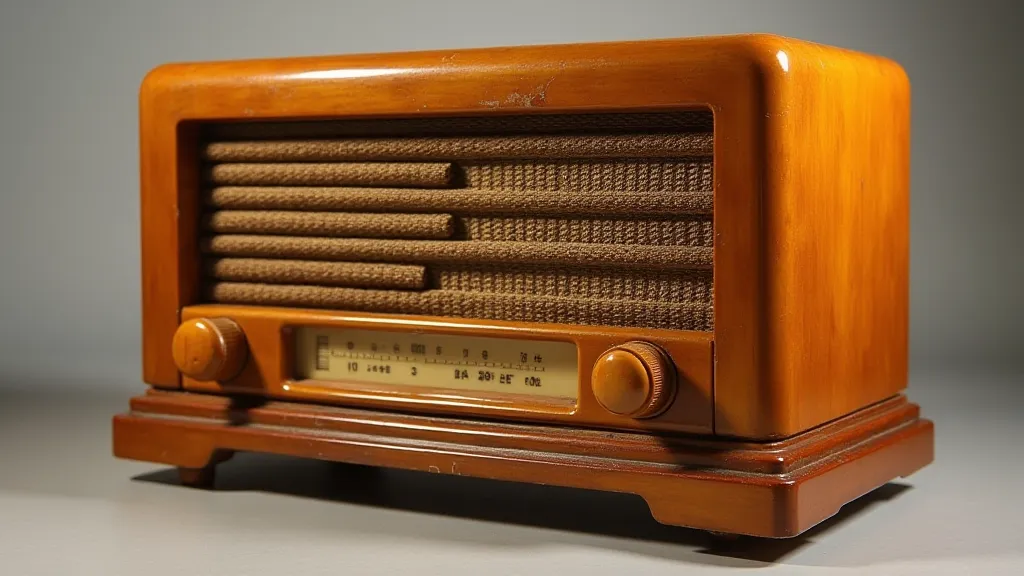
Restoring Composition/Resin and Other Plastic Cabinets
These cabinets are often the most challenging to restore. They are prone to cracking and discoloration. Careful cleaning is essential. Often, the best approach is to stabilize the existing finish rather than attempting a complete restoration. Consider using a consolidant to strengthen fragile areas. Sunlight exposure will cause these plastics to degrade further.
Important Considerations
- Always test any cleaning or polishing product on a small, inconspicuous area first. This helps prevent damage and ensures you’re happy with the results.
- Photograph the cabinet before you start so you have a reference point.
- Be patient. Cabinet restoration takes time and care.
- Consult with experienced radio restorers if you're unsure about any aspect of the process.
